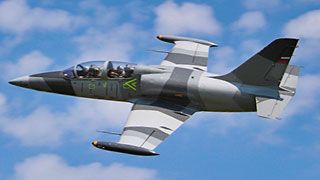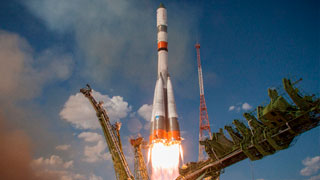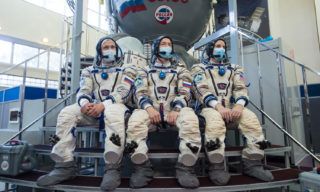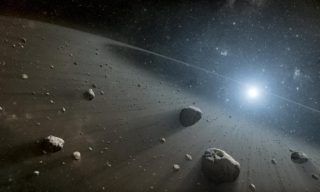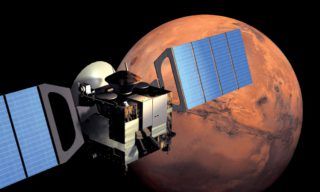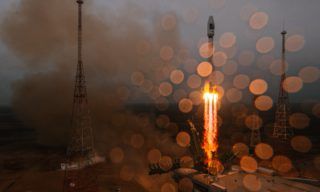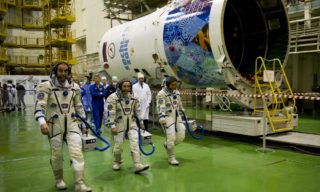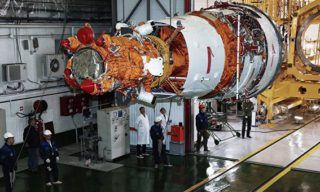The Vostochny Cosmodrome in the Amur Region has completed the assembly of the Soyuz-2.1a rocket, which will launch the second Kondor-FKA radar satellite into orbit this Saturday, November 30. The satellite is designed for remote sensing (RS) of the Earth and observation of continents and the World Ocean. The first satellite of this series went into space in May last year and now makes images of our planet in several modes at once.
The general assembly of the Soyuz-2.1a rocket with the Kondor-FKA satellite No. 2 was carried out on November 26 by specialists of Roscosmos enterprises. Tomorrow the launch vehicle will be taken to the launch complex of pad 1C and installed in the vertical position – the relevant operations have already been approved by the state commission.
According to the state corporation, the radar launch is scheduled for November 30 at 00:50 Moscow time.
The second Kondor-FKA satellite arrived at Vostochny back in September. After unloading the container, the spacecraft was transported to the assembly and test building to prepare for launch. Fueling of the satellite with propellant and compressed gases began a month later, and on November 22 specialists assembled the space head – and rolled the head fairing onto the satellite and the Fregat upper stage.
The Kondor-FKA satellite No. 2 was developed by NPO Mashinostroyenia (RDA of machine manufacturing). Its main purpose is to carry out round-the-clock radar remote sensing in medium and high resolution, as well as in any weather conditions. The apparatus will map the surface of the planet, conduct environmental monitoring, and explore natural resources.
After its launch into orbit, it will join the group of the same name, which consists of one satellite. This is the first Condor-FKA, which went into space on May 27, 2023, and was put into operation in early July last year. It takes images of the Earth’s surface in frame, swath, detail, and overview modes, allowing it to track natural disasters, monitor agricultural land, and detect where water bodies are contaminated with petroleum products.
The Soyuz-2.1a medium-class launch vehicle is manufactured at Progress RSC. It reaches 46.3 m in height, has a diameter of 10.3 m and its launch mass is 312 tons. It can launch from 1.3 tons to 7.28 tons of payload into orbit on its own, as well as with the Fregat and Volga upper stages. The Fregat is manufactured by the S.A. Lavochkin NPO (Lavochkin Research and Production Association).

